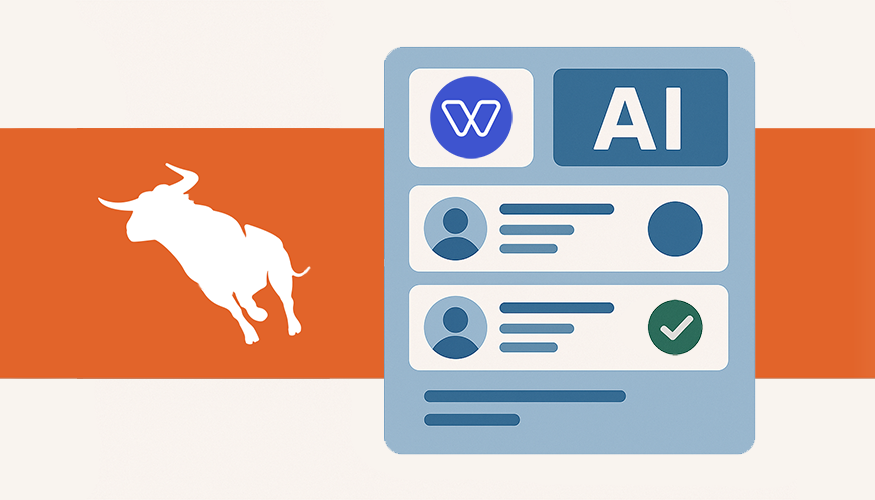Table of Contents
- What Is HIPAA Compliance and Why It Matters
- Is Zapier HIPAA Compliant?
- What This Means for Healthcare Automation
- HIPAA-Compliant Zapier Alternatives: Meet Whippy
- Using Zapier + Whippy Together Safely
- Understanding BAA, GDPR, and Cloud Risks
- Building HIPAA-Compliant Workflows That Scale
- Common Mistakes to Avoid
- Final Thoughts: Turn Compliance into Confidence
- FAQs
Try Whippy for Your Team
Experience how fast, automated communication drives growth.
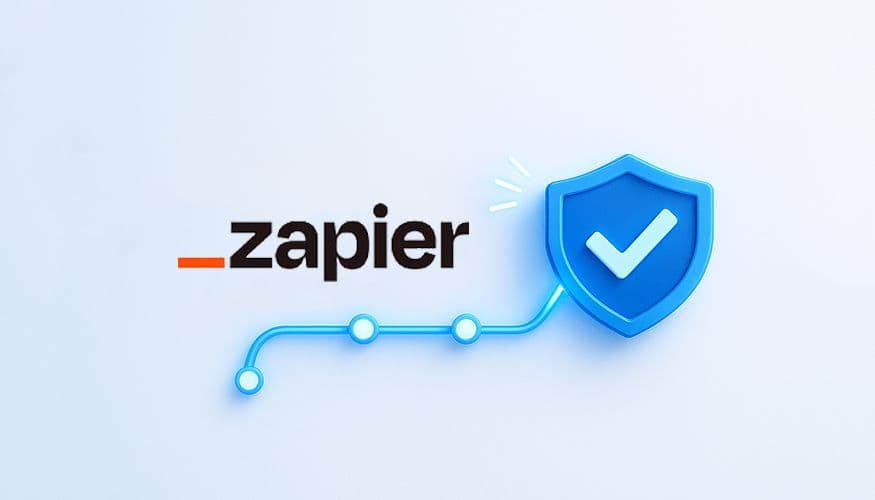
Is Zapier HIPAA compliant? It's a common question—especially for healthcare providers, insurance teams, and anyone working with sensitive health data. The short answer: Zapier isn’t HIPAA compliant by default. In this guide we explain what that really means, what HIPAA compliance involves, and how you can still enjoy secure automation by choosing the right structure, partners, and practices.
What Is HIPAA Compliance and Why It Matters
HIPAA compliance means protecting Protected Health Information (PHI) in line with the Health Insurance Portability and Accountability Act (HIPAA)—sometimes called the accountability act HIPAA. The law sets baseline safeguards so health data stays private, accurate, and available only to the right people.
Core expectations include:
- A signed Business Associate Agreement (BAA) with any vendor touching PHI
- Strong encryption in transit and at rest
- Documented security controls (access, logging, monitoring)
- Routine vendor audits and risk reviews
- Up‑to‑date data privacy and data security policies
The HIPAA Privacy Rule governs permissible uses and disclosures. The HIPAA Security Rules specify how to protect electronic PHI—whether stored in a database, moving through an API, or sitting in cloud storage. These are part of a broader set of HIPAA rules that define what covered entities and business associates must do to ensure data is secure, private, and accessible only to authorized parties.
Global frameworks matter too. The General Data Protection Regulation (GDPR) and parallel data protection regulation GDPR practices—plus adherence to GDPR & other privacy laws—reinforce broad regulatory compliance and raise stakeholder trust.
📌 Need deeper basics? See our full HIPAA Compliance Guide.
Is Zapier HIPAA Compliant?
According to Zapier’s legal documentation, Zapier is not HIPAA compliant. It does not sign a Business Associate Agreement (BAA) and advises customers not to send PHI through its platform. So while Zapier automation is flexible, it is not appropriate for handling data protected under HIPAA.
Quick recap:
- No BAA available (no enforceable business associate agreement / agreement BAA)
- Not approved for PHI or clinical data
- No formal HIPAA attestation
What This Means for Healthcare Automation
If you send appointment reminders, intake forms, lab follow‑ups, or coverage notices, you are processing PHI. Using Zapier alone for those flows creates avoidable risk. You need HIPAA-compliant workflows anchored in tools that accept a BAA and provide verifiable safeguards.
Zapier still fits non‑PHI tasks:
- Internal alerts or task creation
- Generic marketing automations
- Calendar syncing without patient details
For PHI, choose a HIPAA-compliant integration or a HIPAA compliant alternative that supports HIPAA-compliant healthcare automation end‑to‑end.
The Department of Health and Human Services (HHS)—part of U.S. health and human services oversight—stresses selecting vendors prepared to sign a BAA and document security posture.
HIPAA-Compliant Zapier Alternatives: Meet Whippy
If you’re comparing HIPAA-compliant Zapier alternatives, Whippy delivers far more than a workaround. It’s a modern automation platform built from the ground up to handle Protected Health Information (PHI) securely—meeting the rigorous demands of healthcare, insurance, and legal industries. With Whippy, teams don’t have to compromise between flexibility and compliance. You get the control, auditability, and data security your workflows require, all while maintaining the speed and simplicity of your favorite automation tools.
Why Whippy
HIPAA-compliant texting and voice workflows
Communicate securely with patients, clients, or members—using channels that are purpose-built to protect PHI and respect HIPAA’s privacy rule.
Encryption in transit and at rest (defense in depth)
All data—including content stored in cloud storage—is protected by strong encryption at rest and during transmission, minimizing exposure risks.
SOC 2 compliance, ongoing vendor audits, continuous monitoring
Independent certifications, regular risk reviews, and vendor audits demonstrate Whippy's commitment to accountability and continuous improvement.
Tools to automate workflows without exposing PHI in unsafe layers
Whippy lets you clearly separate sensitive from non-sensitive automation steps. You can safely automate workflows while keeping PHI inside a protected boundary.
Structured safeguards for Protected Health Information (PHI)
Role-based access, detailed logging, and safe defaults ensure your team handles data responsibly, minimizing compliance blind spots.
Alignment with GDPR & other privacy laws and emerging standards
Built with global compliance in mind, Whippy supports GDPR & other privacy laws—giving teams peace of mind beyond U.S. borders.
Whether you're replacing or extending Zapier, Whippy integrates seamlessly. For non-sensitive triggers, use Zapier’s orchestration power. For PHI and compliance-focused tasks, hand off control to Whippy’s secure layer.
Whippy also interoperates with Zapier: see our Zapier integration or the Zapier app listing.
Using Zapier + Whippy Together Safely
You do not need to abandon Zapier. You just need clear boundaries. Let Zapier orchestrate generic triggers; let Whippy handle anything involving PHI. Keep sensitive content “inside the fence” while passing only neutral metadata through automation Zapier flows.
Example pattern:
1. A form submission (non‑PHI fields only) triggers Zapier.
2. Zapier posts a minimal payload (ID, event type) to Whippy.
3. Whippy pulls the full PHI securely and sends a compliant message.
Result: speed plus reducing the risk of accidental disclosure while staying aligned with GDPR & other privacy laws.
Understanding BAA, GDPR, and Cloud Risks
A Business Associate Agreement (BAA) is not a paperwork formality. It allocates roles, breach notice duties, and required safeguards. Without it, even strong technical controls fail the compliance test. Similarly, general data protection regulation principles (lawful basis, minimization, purpose limitation) reinforce disciplined handling of health data—especially when that data can be tied to persons identified through direct or indirect identifiers.
Safeguards Whippy applies—encryption at rest, encryption in transit, audit logging, granular roles—harden both application surfaces and underlying cloud storage layers. These aligned security controls support HIPAA, insurance portability and accountability obligations, and international expectations.
Building HIPAA-Compliant Workflows That Scale
Sustainable growth needs structure, not ad‑hoc patches. Embed these pillars:
Pillar | Why It Matters | Practical Tip |
|---|---|---|
BAA Coverage | Legal permission & duty sharing | Maintain a vendor BAA register updated quarterly. |
Data Mapping | Know where PHI lives | Tag PHI fields; block them from Zapier payloads. |
Encryption | Shield data at rest / in motion | Verify key rotation and TLS configuration annually. |
Least Privilege | Limit blast radius | Review role assignments monthly. |
Monitoring & Audits | Detect anomalies early | Automate log review alerts. |
Cross framework Alignment | Support HIPAA + GDPR & other privacy laws | Centralize policy references in a single handbook. |
Incident Readiness | Faster containment & notice | Run tabletop simulations twice a year. |
Tie each workflow to a mini control checklist before deployment. This keeps zapier hipaa compliant boundaries clear while preserving delivery speed.
Common Mistakes to Avoid
1. Embedding PHI in free‑text fields inside Zapier steps. Strip or tokenize instead.
2. Assuming a plugin equals compliance. Without a BAA and documented safeguards, you are exposed.
3. Copying full payloads into email. Limit outputs; remove identifying information not required.
4. Skipping periodic reviews. Systems drift—schedule quarterly vendor audits and configuration reviews.
5. Ignoring international users. Even domestic clinics can collect data from abroad. Plan early for GDPR & other privacy laws.
Each misstep erodes trust and heightens breach likelihood.
Final Thoughts: Turn Compliance into Confidence
Zapier is excellent for general-purpose automation, but not for HIPAA-regulated workflows. That’s why combining Zapier with a purpose-built solution like Whippy is the smartest, safest path forward. Whippy ensures PHI is handled responsibly while supporting the speed and flexibility your team needs.
With built-in support for HIPAA rules, regulatory compliance, SOC 2 standards, and the general data protection regulation, Whippy empowers you to scale without compromise.
🛡️ Ready to simplify HIPAA compliance and boost automation confidence? Request a demo and see how Whippy makes it easy!
FAQs
Q: Can I make Zapier HIPAA compliant?
A: No, Zapier is not HIPAA compliant and does not offer a Business Associate Agreement (BAA). It explicitly advises users not to transmit Protected Health Information (PHI) through its platform. For HIPAA-regulated workflows, use a HIPAA-compliant alternative like Whippy.
Q: What is the best HIPAA-compliant alternative to Zapier?
A: Whippy is a leading HIPAA-compliant Zapier alternative. It supports secure automation, provides layered encryption, signs BAAs, and aligns with HIPAA rules and GDPR requirements.
Q: Can I still use Zapier if I work in healthcare?
A: Yes, but only for non-PHI tasks. You can use Zapier safely for internal alerts, task creation, or marketing workflows. For any automation involving PHI, route it through Whippy or another HIPAA-compliant integration.
Table of Contents
Table of Contents
- What Is HIPAA Compliance and Why It Matters
- Is Zapier HIPAA Compliant?
- What This Means for Healthcare Automation
- HIPAA-Compliant Zapier Alternatives: Meet Whippy
- Using Zapier + Whippy Together Safely
- Understanding BAA, GDPR, and Cloud Risks
- Building HIPAA-Compliant Workflows That Scale
- Common Mistakes to Avoid
- Final Thoughts: Turn Compliance into Confidence
- FAQs
Try Whippy for Your Team
Experience how fast, automated communication drives growth.
Related Articles
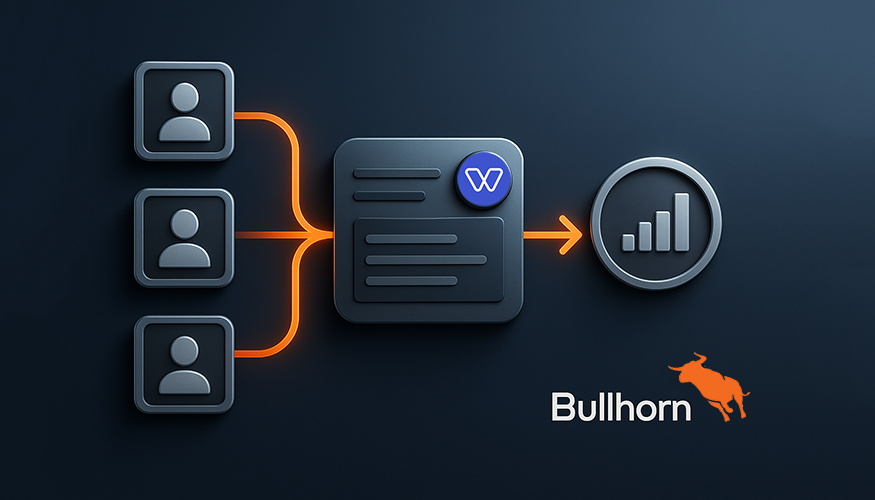
Bullhorn AI Assistant: In-ATS Recruiter Workflow
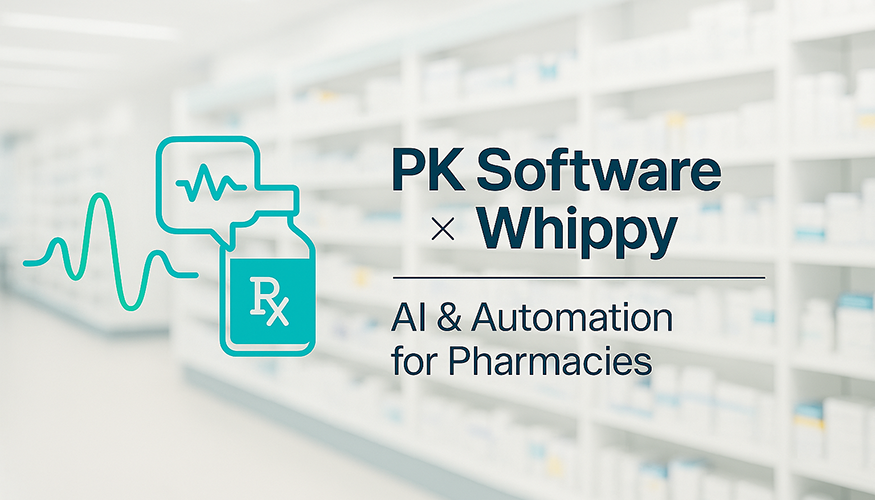
PK Software + Whippy: AI and Automation for Pharmacies
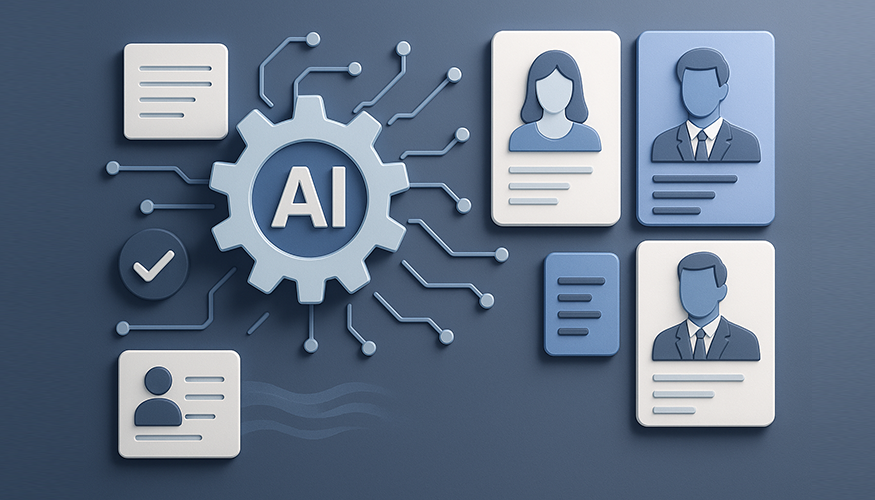
Aqore Automation: AI Staffing Beyond Mass Messaging
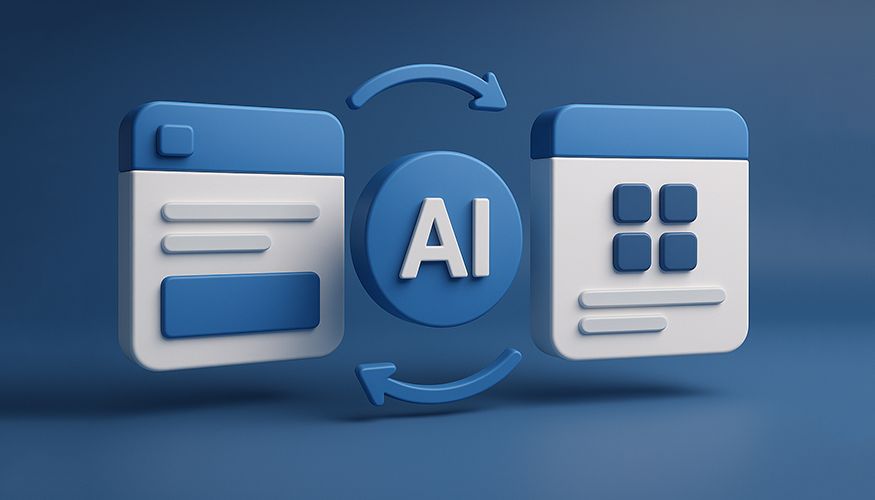
Crelate Automation: Hire Faster with AI
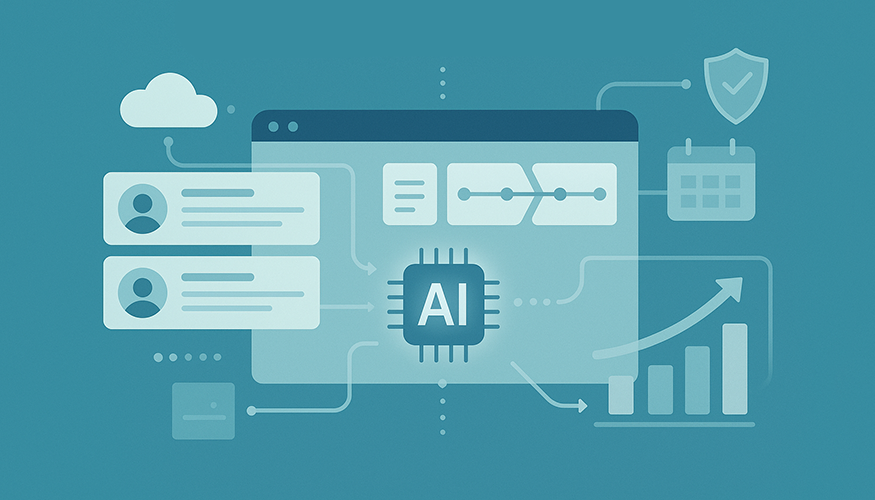
Avionté Staffing Software: AI Integration Guide
